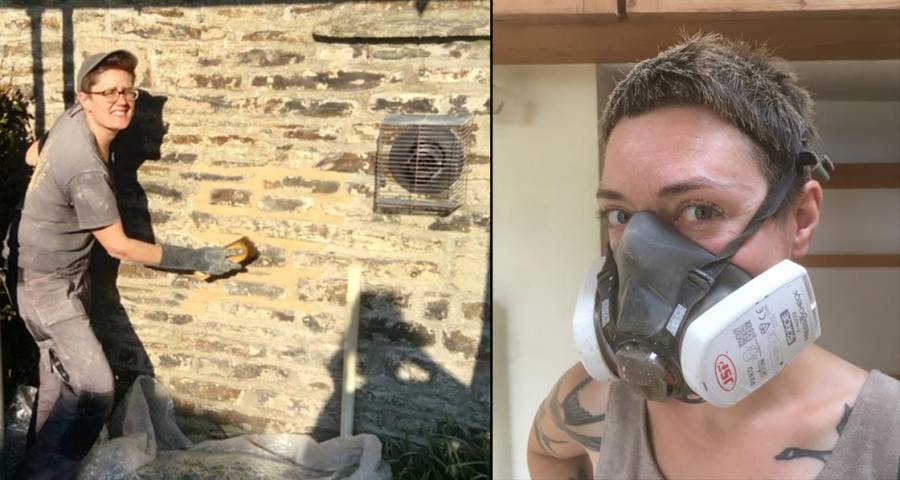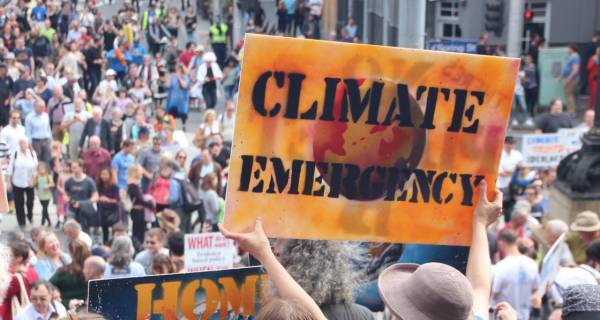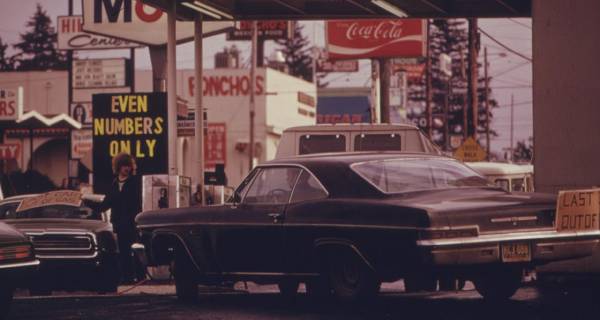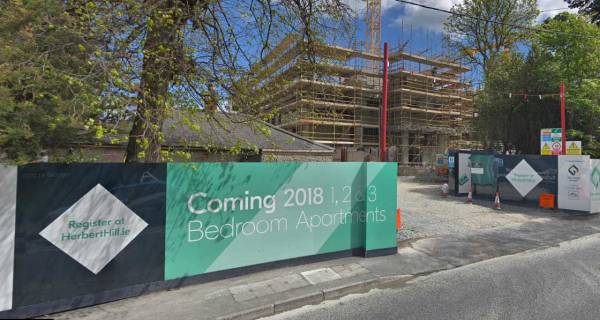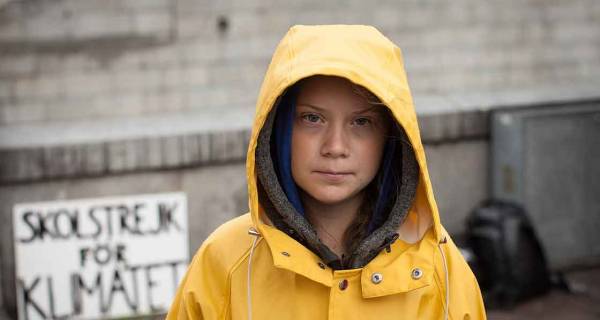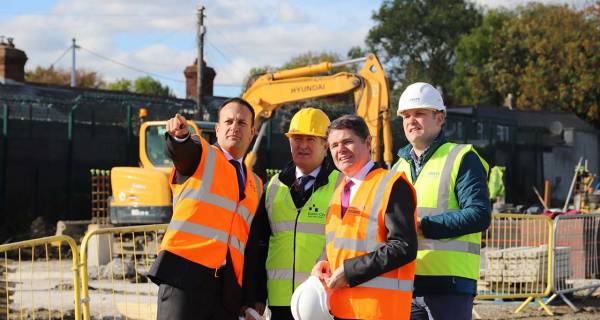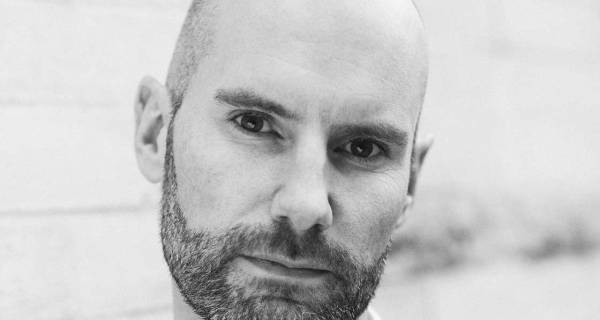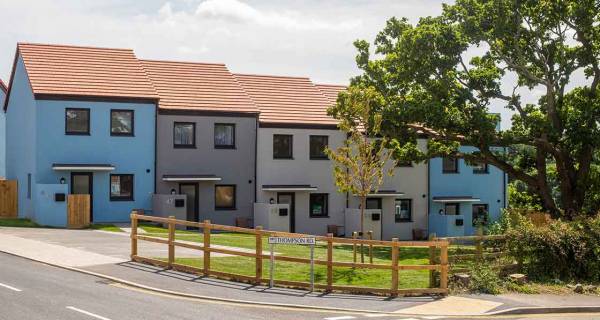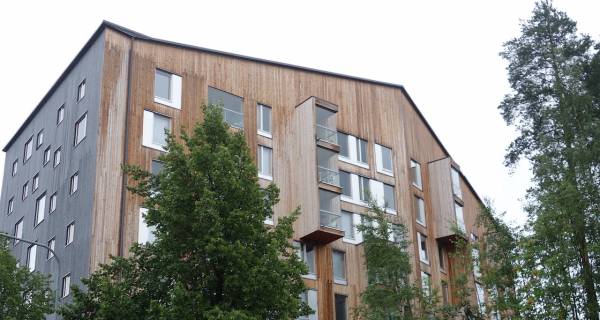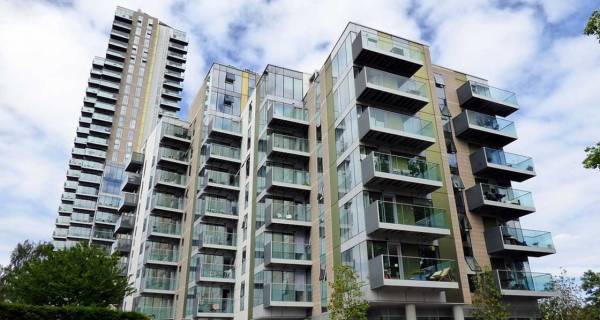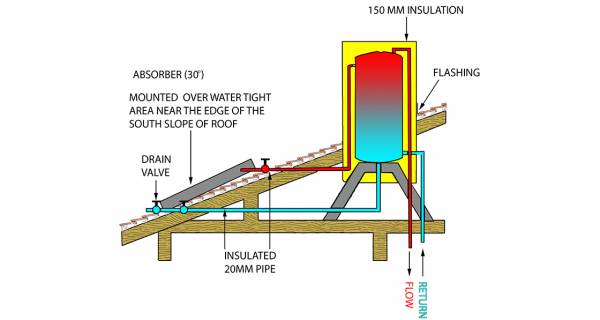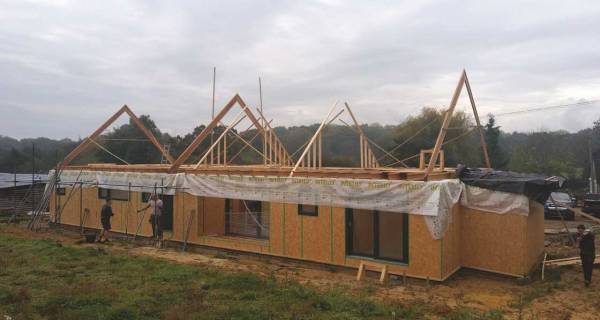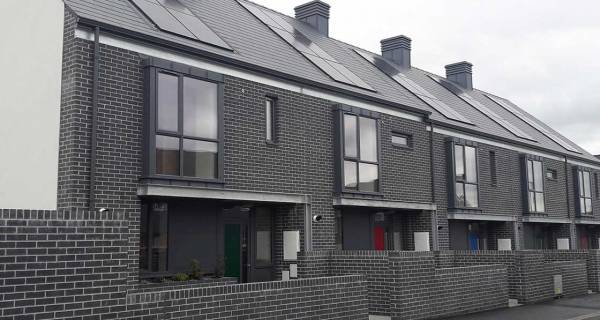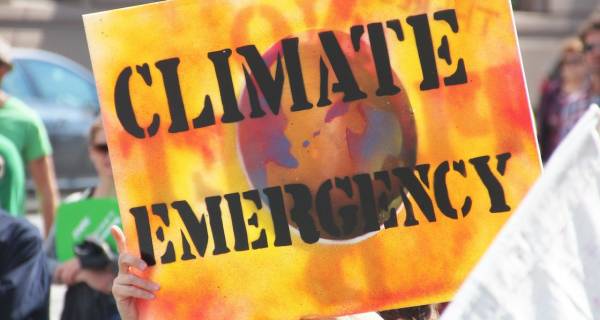Our editor Jeff Colley's editor's letter from issue 30 received some particularly lovely praise, with architect Steve Mardall reaching out to say: "Was moved to write to commend you on your editor’s letter in this issue 30. You’ve perfectly captured the essence of the totality of where we are as a planet and a race. And captured well that subtle consensus of denial and ‘othering’ it, that is a compelling force to fall in line with if one is not to be labelled as a righteous crank. Your words articulate some of my own not formally articulated thoughts, and offer me clarity and impetus going forward." Meanwhile, AECB Carbon Lite Retrofit graduate Paul Forrester tweeted: "What a tremendously powerful piece of writing your editor’s letter is in issue 30 of @phplusmag. When I struggle to articulate all the thoughts, fears and conflicting ideas in my head, I might just show people that instead!" So here it is.


